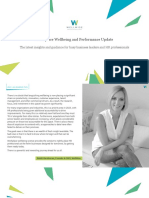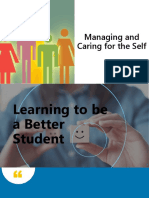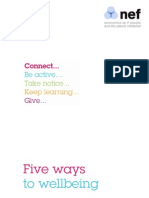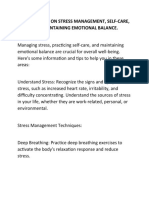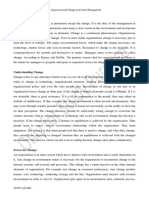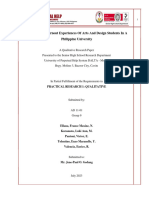0% found this document useful (0 votes)
9 views8 pagesFormative Task 3
The document discusses the importance of well-being in the workplace, highlighting its multifaceted nature that includes physical, emotional, and social aspects. It identifies common stressors and offers techniques for stress management, including the 4D method for balancing personal responsibilities. Additionally, it outlines five key actions for improving well-being and emphasizes the role of leading organizations in promoting a supportive work environment.
Uploaded by
arshmanidkCopyright
© © All Rights Reserved
We take content rights seriously. If you suspect this is your content, claim it here.
Available Formats
Download as PDF, TXT or read online on Scribd
0% found this document useful (0 votes)
9 views8 pagesFormative Task 3
The document discusses the importance of well-being in the workplace, highlighting its multifaceted nature that includes physical, emotional, and social aspects. It identifies common stressors and offers techniques for stress management, including the 4D method for balancing personal responsibilities. Additionally, it outlines five key actions for improving well-being and emphasizes the role of leading organizations in promoting a supportive work environment.
Uploaded by
arshmanidkCopyright
© © All Rights Reserved
We take content rights seriously. If you suspect this is your content, claim it here.
Available Formats
Download as PDF, TXT or read online on Scribd
/ 8







